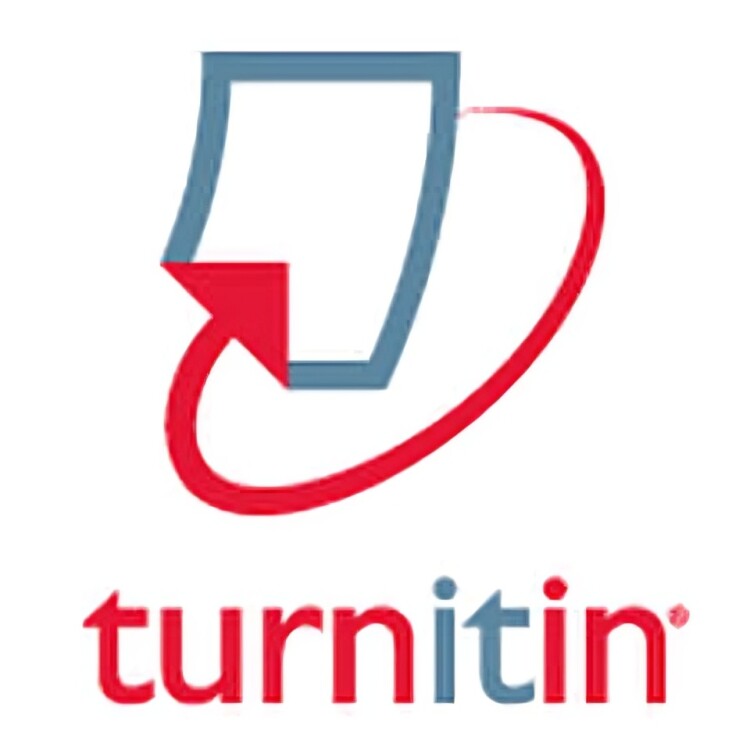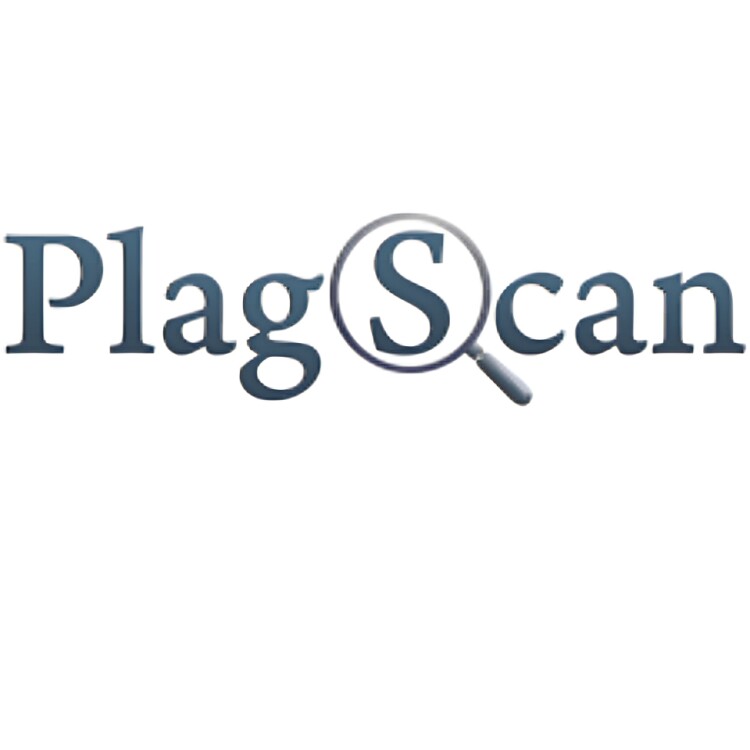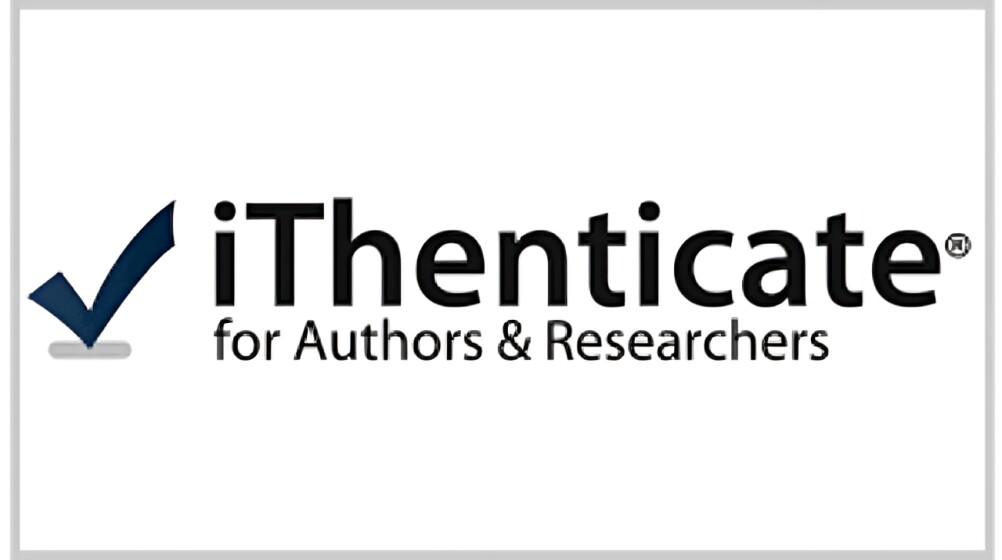کیف تضمن خلو ورقتک البحثیه من الانتحال؟


الانتحال یعنی استخدام عمل أو أفکار أو کلمات شخص آخر دون نسب الفضل إلیه. یشمل ذلک نسخ نصوص أو صور أو أفکار من کتب أو مقالات أو مواقع إلکترونیه دون الاستشهاد بالمصادر بشکل صحیح. قد یحدث الانتحال عن قصد أو عن غیر قصد، لکنه یعد مشکله خطیره فی المؤسسات التعلیمیه وأماکن العمل.

تجنب الانتحال أمر بالغ الأهمیه لعده أسباب:
أولًا، یقوض النزاهه الأکادیمیه. عندما لا یُعطى الفضل للمؤلفین الأصلیین، یبدو کأن أعمالهم لیست ذات قیمه.
ثانیًا، العواقب قد تکون وخیمه، مثل الرسوب فی ماده دراسیه أو فقدان وظیفه. العدید من المؤسسات التعلیمیه لدیها سیاسات صارمه ضد الانتحال، وقد یؤدی ذلک إلى الطرد أو سحب الدرجات العلمیه.
أیضًا، یساعد تجنب الانتحال على إبراز قیمه عملک الشخصی. البحث والکتابه الأصلیان یعکسان أفکارک ومساهماتک الفریده. من خلال التأکد من خلو ورقتک من الانتحال، ترسخ مکانتک کباحث موثوق.

تقدیم ورقه بحثیه إلى مجله یتطلب التزامًا صارمًا بالنزاهه الأکادیمیه. الانتحال قد یؤدی إلى عواقب خطیره خاصه فی سیاق تقدیم الأوراق إلى المجلات العلمیه:
رفض الورقه البحثیه: لدى المجلات العلمیه سیاسات صارمه ضد الانتحال. إذا تبین أن ورقتک تحتوی على محتوى منتحل، فستُرفض غالبًا دون مراجعه إضافیه. هذا یعنی أن بحثک لن یُؤخذ بعین الاعتبار، مما قد یؤثر سلبًا على فرصک فی النشر مستقبلاً، خاصه إذا علمت مجلات أخرى بسبب الرفض الأولی.
توجد العدید من الأدوات المتوفره لمساعدتک فی التحقق من خلو عملک من الانتحال قبل تقدیمه. تقوم هذه الأدوات بمقارنه نصک مع عدد ضخم من الأعمال المنشوره للعثور على أوجه التشابه. من أشهر هذه الأدوات:

Turnitin: شائع الاستخدام فی الجامعات والمدارس.

Grammarly: بالإضافه إلى فحص القواعد النحویه، یحتوی على میزه کشف الانتحال.

Plagscan: مناسب للأکادیمیین والمهنیین، ویوفر تقاریر مفصله.

Quetext: معروف بکونه سهل الاستخدام للتحقق السریع.

ومع ذلک، تعتبر أداه iThenticate هی الأشهر والأدق بین أدوات الکشف عن الانتحال، حیث تُستخدم من قبل الباحثین والمؤسسات الأکادیمیه. تم تصمیمها خصیصًا للأعمال البحثیه، وتتحقق من النصوص بمقارنتها مع قاعده بیانات ضخمه من المنشورات الأکادیمیه.
لضمان خلو ورقتک من الانتحال، اتبع النصائح التالیه:
قبل الکتابه، اقرأ المصادر التی ستستخدمها بعنایه. الفهم العمیق للمحتوى یساعدک فی التعبیر عن أفکارک بأسلوبک الخاص.
تعنی إعاده الصیاغه إعاده کتابه المعلومات بأسلوبک الخاص مع الحفاظ على نفس المعنى. لإعاده الصیاغه بشکل صحیح:
اقرأ النص الأصلی بعنایه.
ابتعد عن النص الأصلی واکتب النسخه الجدیده دون النظر إلیه.
استخدم المرادفات وغیّر تراکیب الجمل.
عند استخدام أفکار أو بیانات أو اقتباسات من مصادر أخرى، تأکد من الاستشهاد بها بطریقه صحیحه حسب أسلوب الاقتباس المطلوب (مثل APA أو MLA أو شیکاغو).
عند استخدام عبارات أو جمل حرفیه من مصدر معین، ضعها بین علامات اقتباس واذکر المرجع.
طور أسلوبک الکتابی الشخصی ورکز على التعبیر عن أفکارک مع استخدام المصادر لدعم حججک بدلاً من الاعتماد الکلی علیها.
بعد إنهاء المسوده الأولى، خصص وقتًا لمراجعتها وتحریرها. ابحث عن الأجزاء التی قد تکون اعتمدت فیها بشکل مفرط على المصادر وأعد صیاغتها أو احذفها.
ضمان خلو ورقتک من الانتحال أمر بالغ الأهمیه سواء من الناحیه الأخلاقیه أو الأکادیمیه. من خلال فهم ماهیه الانتحال وأهمیته، واستخدام أدوات مثل iThenticate، واتباع استراتیجیات فعاله لإعاده الصیاغه والاستشهاد بالمصادر، یمکنک تقلیل خطر الانتحال بشکل کبیر فی عملک الأکادیمی.
فی أکادیمیه سیتا، نقدم خدمه فحص شامله باستخدام أداه iThenticate لضمان أن عملک یلبی أعلى معاییر الأصاله. بعد الفحص، یقوم فریقنا بإعاده صیاغه أی أجزاء تحتاج إلى تعدیل وفقًا لمتطلباتک، مما یساعدک على تقدیم ورقه بحثیه مصقوله وأصیله.